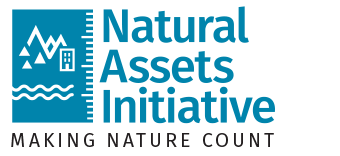British Columbia, as with other Canadian provinces, is looking at ways to meet its emissions reduction targets. When the province’s auditor general assesses how well it’s doing, people pay attention. The auditor general’s latest report, Managing Climate Change Risks: An Independent Audit, released earlier this year, found that the B.C. government is not adequately managing the risks posed by climate change and is very likely to miss its 2020 emissions reduction target.
The auditor general points out, “local governments are on the frontlines of the effects of climate change, but a lack of financial support, reliable data and provincial policies create challenges.” The report also calls for comprehensive risk assessment and floodplain mapping to prioritize risks. The report identifies the importance of working both to mitigate and adapt to the impacts of climate change. Risks to the province of not acting decisively include an increase in extreme weather events, more frequent and severe heat waves, and higher risk of wildfires and rising sea levels, among other possibilities.
There are solutions for strong action on both fronts with an approach based on managing municipal natural assets.
Early results from pilot studies across Canada under the Municipal Natural Assets Initiative (MNAI) indicate that the practice of municipal natural asset management offers a solution to the twin problems of aging infrastructure and ecosystems decline. In many cases, natural assets such as forests and wetlands can provide the same services (e.g. stormwater management, flood mitigation) as engineered assets, but at a lower lifecycle cost.
Municipal natural asset management supports ecosystem health and mitigates climate change impacts by:
- ensuring that natural assets’ full service value is recognized in local government decision-making
- ensuring they are effectively managed, monitored and maintained to provide municipal services
- encouraging and providing a financial rationale for rehabilitation and restoration.
Healthy natural assets, in turn, can act as carbon sinks, mitigate climate extremes and provide many co-benefits. Local governments are finding that the value of their natural assets are in fact increasing over time because of their adaptive capacity in the face of climate change.
Local governments across Canada can better manage climate risk by: understanding services that come from natural assets yet are unaccounted for; having in place assets that can withstand the effects of climate change while delivering a reliable and sustainable stream of services; and, lowering capital and operating expenditures.
It’s looking like municipal natural asset management could be a game-changing approach as efforts to tackle climate change ramp up across the country.


